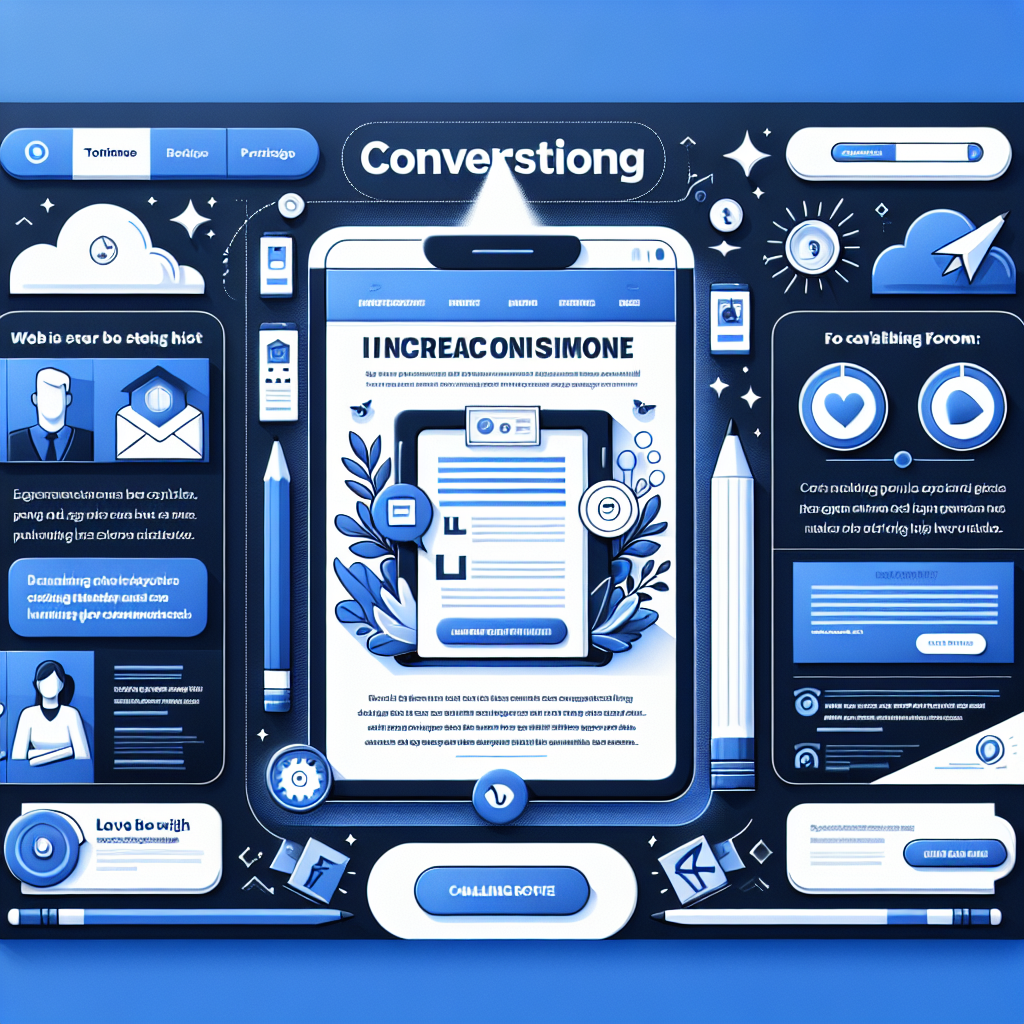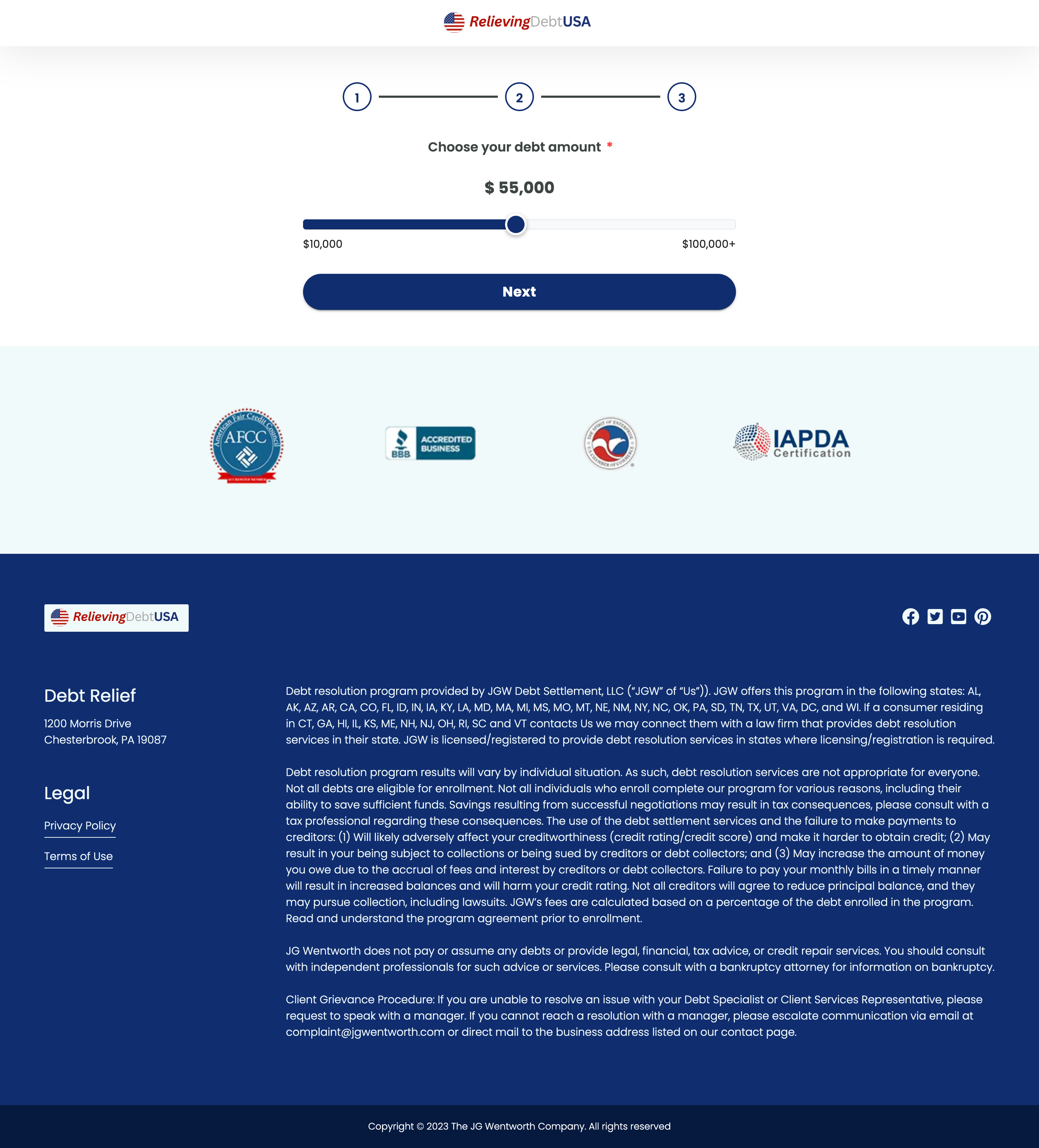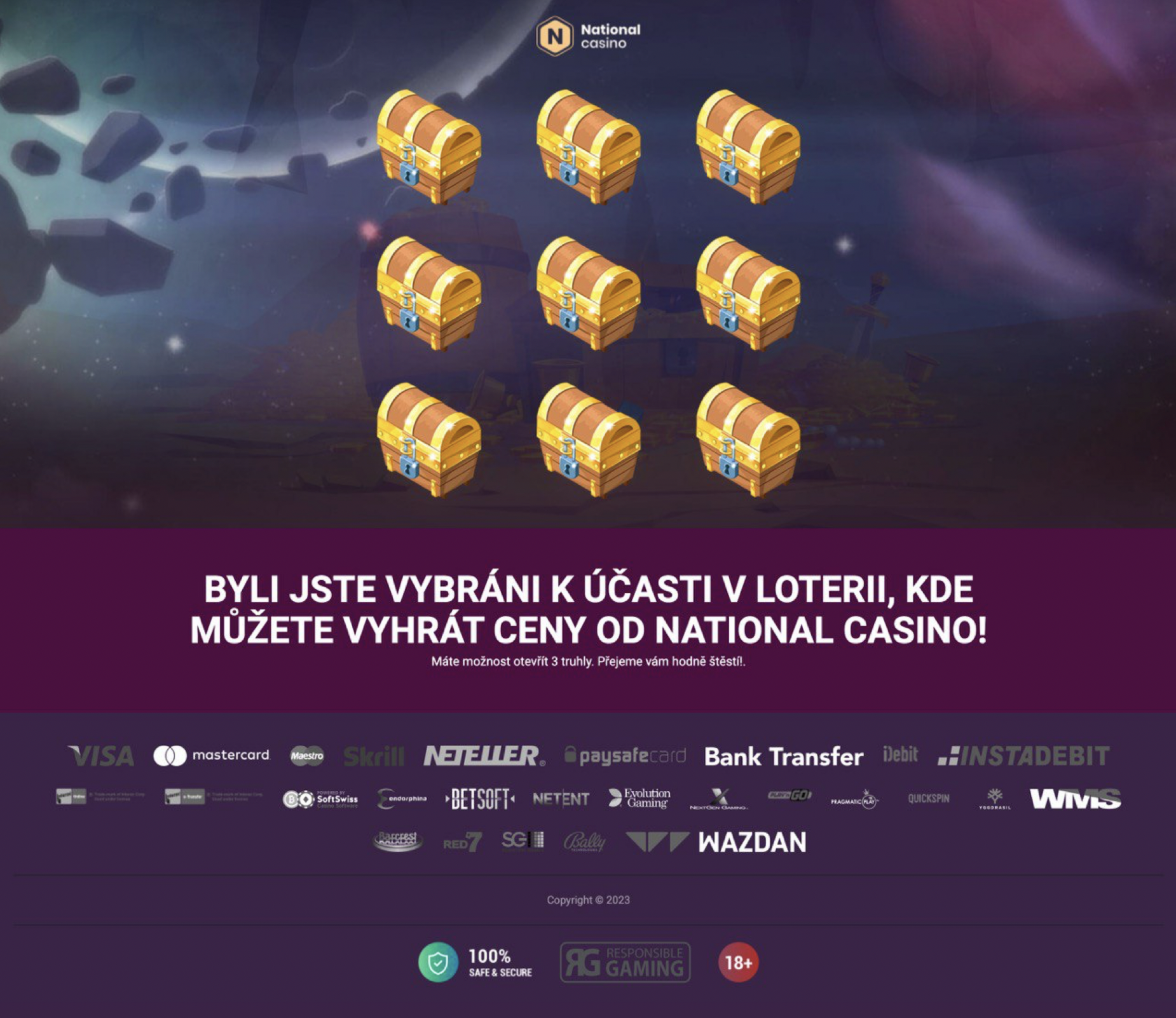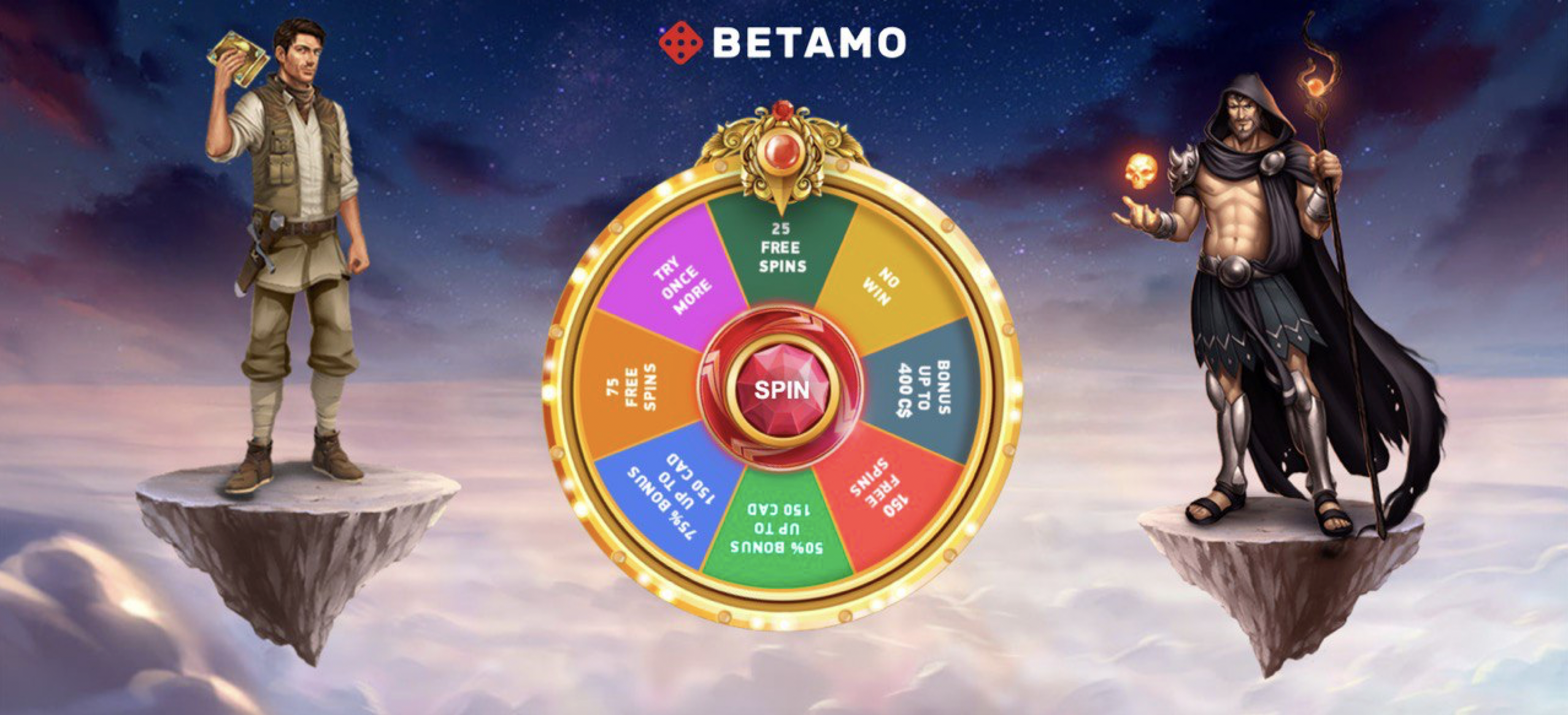Landing Page Design Ideas That Increase Conversions
Introduction
In the digital marketing realm, a well-crafted landing page can be the difference between a highly successful campaign and a total flop. Designing a landing page that converts isn’t just about aesthetics; it’s a strategic process that involves various elements working harmoniously. This article explores design ideas that can significantly enhance your landing page conversion rates.
Understanding Landing Page Goals
Before jumping into design elements, it’s crucial to comprehend what a landing page aims to achieve. The primary purpose of a landing page is to convert visitors into leads by capturing essential user data through forms or encouraging them to take a specific action.
The Importance of First Impressions
First impressions matter. Your landing page has only seconds to grab a visitor’s attention and keep it. An appealing design, clear messaging, and intuitive navigation contribute to an effective first impression, encouraging users to stay and explore further.
Minimalist Designs: Less is More
Minimalist designs focus on simplicity, using space efficiently, and highlighting key elements. They help in avoiding distractions and direct the user’s focus to the essential parts of your page, such as headlines, benefits, and the call to action.
Crafting Compelling Headlines
The headline is often the first piece of text visitors read. It should be clear, concise, and impactful. Good headlines speak directly to the user’s needs, offering solutions or benefits that resonate with their interests or pain points.
Engaging Visuals and Media
Visual content like images, videos, and infographics can significantly enhance user engagement. High-quality, relevant visuals can communicate messages more effectively than text alone, helping users grasp your offering quickly and more intuitively.
The Power of A/B Testing
A/B testing involves creating multiple versions of a landing page to determine which elements resonate best with your audience. By testing variations of headlines, images, and CTA placements, you can optimize your design to maximize conversions.
Conclusion
Optimizing landing page design involves understanding your audience, communicating value effectively, and encouraging specific actions. From minimalist designs to strategic use of visuals and compelling CTA buttons, these design ideas can significantly enhance conversion rates. To get ahead, consider tools like a Landing Page Ripper Tool to capture valuable insights from high-converting pages and refine your approach.










Harnessing Social Proof
Social proof such as testimonials, reviews, and case studies can build credibility and trust with your audience. Showcase these elements strategically on your landing page to reassure potential leads of your product or service’s value.